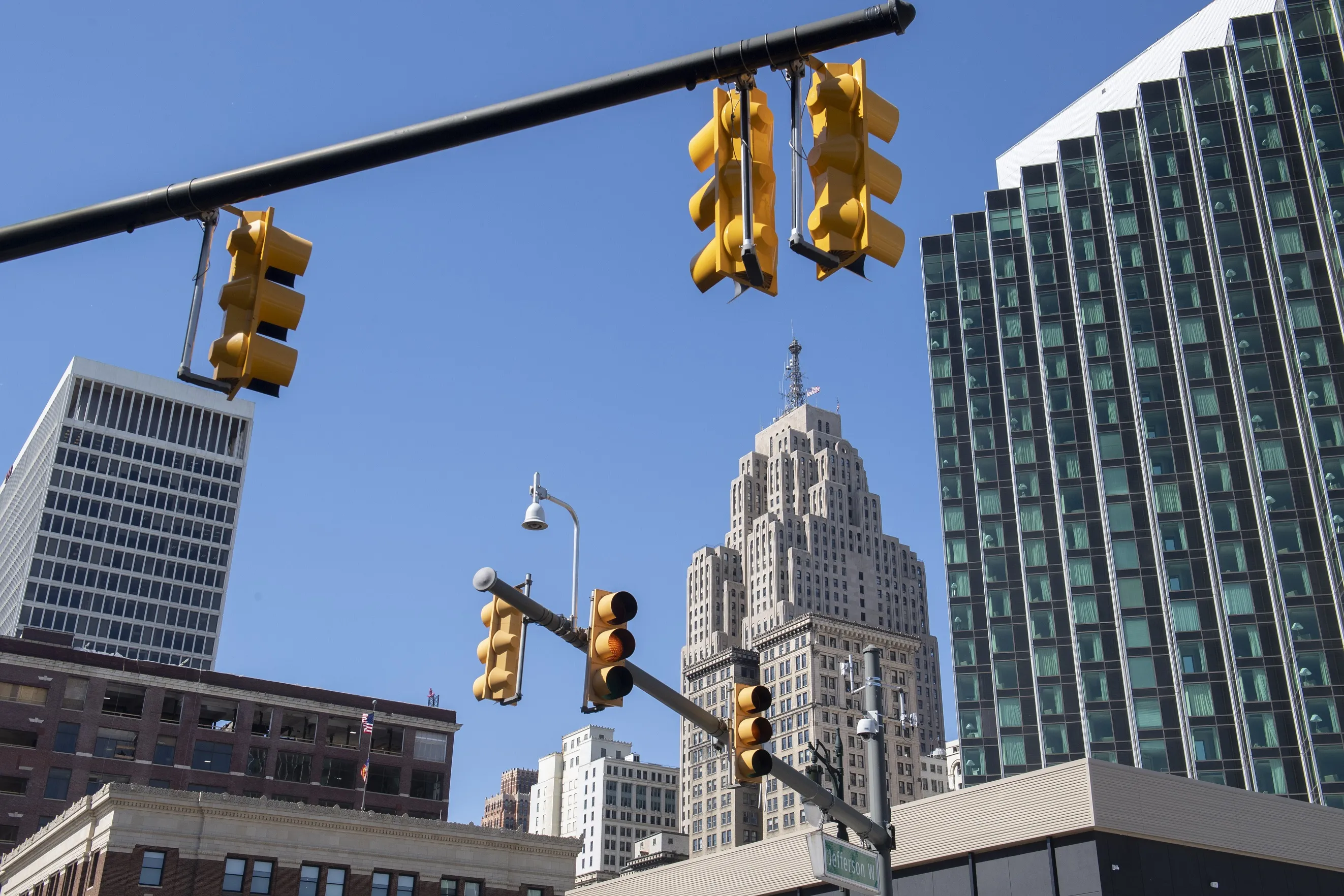February 25, 2025
ANPR technology has been around for a long time and the market is packed. Quality, reliability and flexibility are big issues for any customer. Also, as ghostplates are a growing problem, what do you do with motorists who don’t want to be identified? Chris Shepherd of MAV Systems has some thoughts. Don't forget to like and subscribe for more insights on transportation. Thanks for watching!









